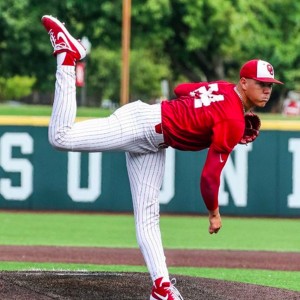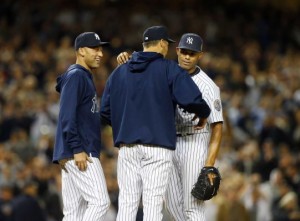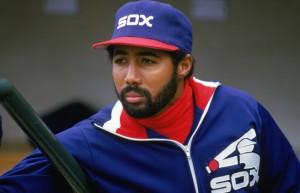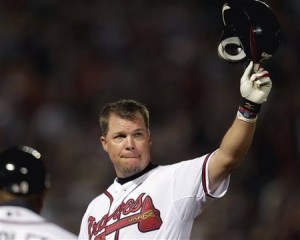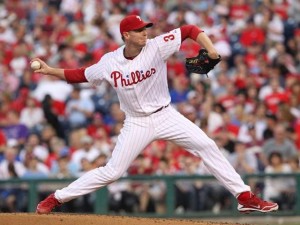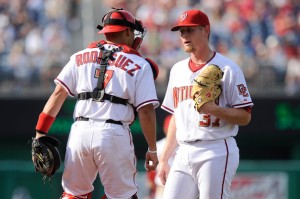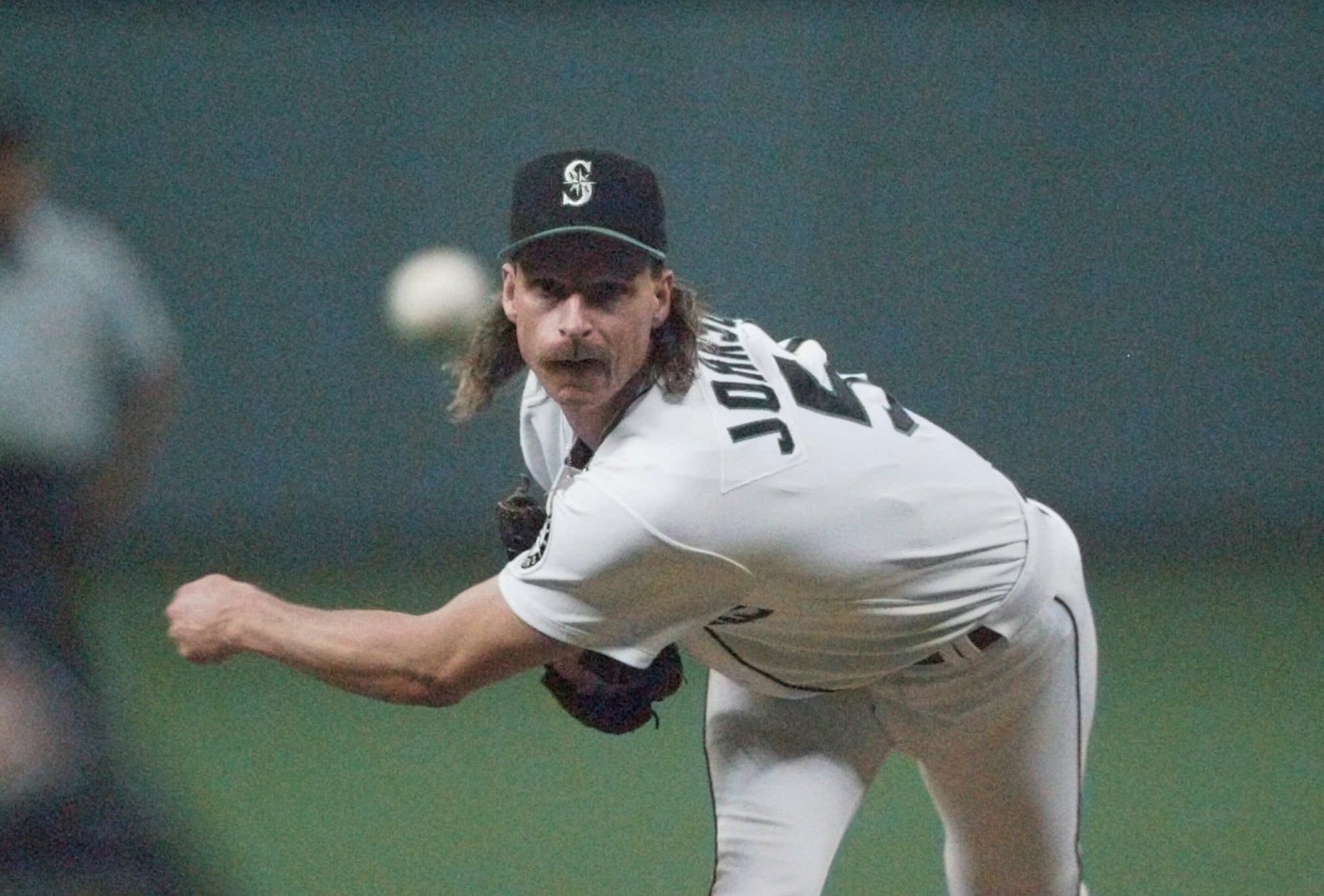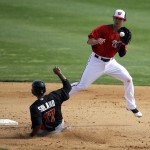(note: i have updated the Draft Tracker for the 2020 draft, both the master board and the 2020 draft notes boards).
- Master Draft Board: https://docs.google.com/spreadsheets/d/1Qd5DS9GlmkQOEh_zGhOvlhHK0EegqY1uJB4mLGmRBaY/#gid=0
- 2020 Draft worksehhet: https://docs.google.com/spreadsheets/d/1Qd5DS9GlmkQOEh_zGhOvlhHK0EegqY1uJB4mLGmRBaY/#gid=25540806
(I have more details about signing bonus calculus and player notes/twitter accounts on the 2020 worksheet, in case you’re wondering why i separate them).
By now, you’ve probably heard about our picks and read a ton of responses in the commentary.
Using various pundit draft board rankings (listed at the bottom for reference), here’s how our picks were thought of before the draft. Along with some commentary from me.
- 1st Round/#22 overall: Cade Cavalli, RHP Oklahoma. Law=13. MLBPipeline=22. BA=22. Fangraphs=17. ESPN=24. CBS=16. D1Baseball=9. 20/80=23. PerfectGame=8.
So, picking 22nd the Nats generally seem to have gotten value per the pundits. Certainly this wasn’t a reach. And, by some pundits (Law in particular, Perfect Game as well) this was a steal.
My thoughts: well, we know the Nats like college arms, velocity, big guys and players from Texas/Oklahoma. Cavalli hits all those markers. I was sure they’d go Cole Wilcox or perhaps J.T. Ginn but the team passed to go with Cavalli. ironically, Wilcox didn’t go until the 3rd round, so the Nats passed on him multiple times, while Ginn went just before their 2nd round pick to the Mets, a like-minded drafting org. Cavalli is a speculative, scouting-first pick; he has little track record to go on, and this is the kind of pick that you can regret later on if he doesn’t work out. He was mostly a hitter his freshman year before converting to the mound. Maybe the team tries him as a two-way player? He’s a big dude; he looks more like a football player physically. Nonetheless, he’s got easy velocity and his mechanics look clean. Some concerns about hit-ability; wonder if he has some spin rate issues. A professional pitching development shop can do wonders with him.
- 2nd round/#55 overall: Cole Henry, RHP LSU. Law=65. MLBPipeline=45. BA=44. Fangraphs=70. ESPN=72. CBS > 50.. D1Baseball=16. 20/80=55.
So, a couple of the ranking boards like Henry at 55, while a couple others (Law, Fangraphs, Espn) think its a bit of a reach. Draft eligible sophomore, so I wonder if this is a potential over-slot bonus guy. He was LSU’s friday starter from the moment he walked onto campus, quite a statement for a top-line baseball program. He has an electric arm, four plus pitches (4-seamer, 2-seamer, a 12-6 hammer curve, change). I’ve watched the video of him; scouting claims that he had such a violent head snap that he “had difficulties keeping his hat on” seem quite overblown; I didn’t see anywhere near that in the video clips of him available online. I like this pick as a sneaky good starter for this team. Interesting player comp mentioned by MLBpipeline during the draft: Mike Mussina
- 2nd-Supp round/#71 overall: Samuel Infante, SS from Monsignor Edward Pace HS, Miami, FL. MLBPipeline=149. BA=154. ESPN=122, Fangraphs=173.
This is an interesting pick for the Nats. Clearly an overdraft by every ranking pundit, the scouting reports on Infante all say the same thing; lots of loud power in showcases, questions as to whether he can stay at short (he’s played both SS and 3B in showcases), but super fast and with a great arm. Listed as 6’1″ 185, he’s still in the SS range and with plus arm strength he could very well feature as a top of the line 3B defensive player. A UMiami commit from a Miami high school; i wonder if that factors into their thinking. Did the Nats cut a deal here with Infante based on his projection to get slot savings? One other factor here; he’s already 19, so he’s old for the HS class (a negative in scouting world) but also means he’d be a draft eligible sophomore if he goes to Miami (which might make his signing tougher). Curious pick. MLBPipeline guys comped him to Maikel Franco, an interesting comp.
- 3rd Round/#94 overall: Holden Powell, RHP from UCLA. MLBpipeline=134. BA=126. ESPN=144. D1Baseball=77. 20/80=HM.
Powell is UCLA’s closer; stopper of the year last year. He’s got no chance to start but still got ranked in the mid 100s by several shops. The Nats havn’t picked a reliever-first this high in quite a while (Drew Storen maybe?) , and I suspect we’ll get some bonus savings here to help pay others here. He projects as a two-pitch guy with a FB hitting 97 and a wipeout slider who probably moves pretty quickly through the minors if he’s as good as reported. 20 Ks’ in 9 innings this season; he’s just got tough stuff to hit facing him in the late-game. Can go multiple innings, undersized guy on the mound with kind of whippy arm action. I don’t hate the pick, if its meant to be cost savings for other picks.
- 4th round/#123 overall: Brady Lindsly, C from Oklahoma. unranked by any service
With all due respect, Lindsly is clearly a “senior sign” by the team to save slot money for others. I’m suspecting that both this and the Powell pick are money savers to pay Infante and Henry a bit more than slot (both those players being higher leverage guys to go to/return to school). What little we know about Lindsly; known for good defense, didn’t have a great average in college, hit for a bit of power. Lefty bat. As others noted, maybe the team liked him while scouting Cavalli. Its also notable that he’s already calling himself a member of the Nats organization on his twitter account.
- 5th round/#153 overall: Mitchell Parker, LHP from San Jacinto College North JuCo in Texas. BA=179.
16.6 K/9 this year in 30 innings this year. Last year 1.43 ERA with similar K/9 numbers. In case you’re wondering … yes this is the same Juco they got Jackson Rutledge out of last year; one has to wonder if the scouts stuck around for a double header or something while scouting Rutledge and liked Parker. Oddly, despite great numbers last year he was only a 27th rounder and thus has been pursuing D1 scholarships: he’s committed to U of Kentucky for next season if he doesn’t sign. Big guy (6’4″), lefty who throws over the top. He’s known for fastball up to 94 with a big curve. His mechanics are a little concerning; he lands very stiff legged and almost hyper extends his knee as he stops his upper torso’s momentum. I feel like this needs to be adjusted to prevent over-dependence on his arm. Might be a tougher sign; i wonder if some of the 3rd and 4th round savings are for Parker too.
Draft summary:
- 3 college starters
- 1 college reliever
- 1 Prep SS/3B
- 1 Prep C
Conjecture on over/under slot needs:
- Players who are likely signing for slot: Cavalli, perhaps Henry
- Players who are likely under slot: Powell, Lindsly
- Players who are likely commanding over-slot: Infante, Parker, maybe Henry
I have no doubt they’ll sign all six based on the limited draft. Mike Rizzo has also said they’ll be “aggressive” with NDFA signings … as aggressive as a $20k bonus can take you of course.
I like our first two picks as future prospects. I like the prep SS. I could see our 5th rounder as a project but he has potential. I like the class.
—
Draft Board Rankings
- The Athletic (Keith Law): Top 30 prospects for 2020 draft, and then top 100 prospects for 2020 draft.
- MLBPipeline (Callis & Mayo): Top 200 Draft Board
- BaseballAmerica: Top 500 Draft board
- Fangraphs; 2020 Draft Board
- ESPN (Kiley McDaniel) top 150 draft prospects for 2020
- CBSSports (R.J Anderson): top 50 for 2020 draft
- D1baseball.com: top 100 and then top 101-250 for 2020 draft (College players only)
- 20/80 Baseball top 125 for 2020 draft. Detailed notes on top 25.
- PerfectGame 2020 Draft Rankings database/top 400 players for 2020 (all but top 10 behind a paywall)
